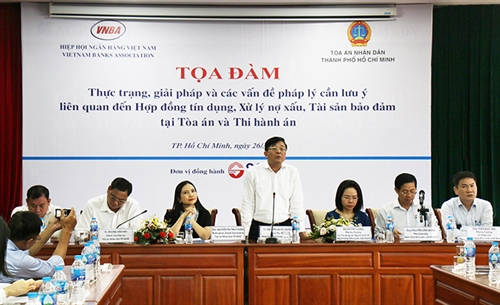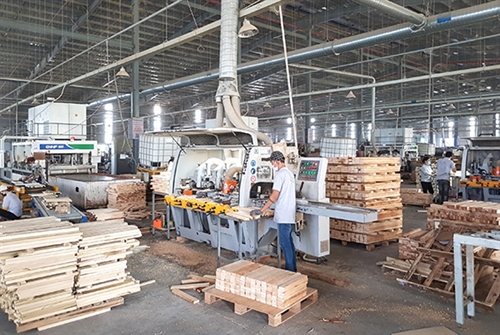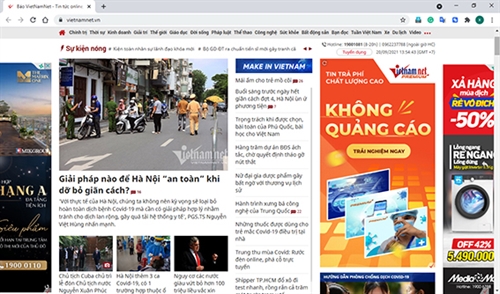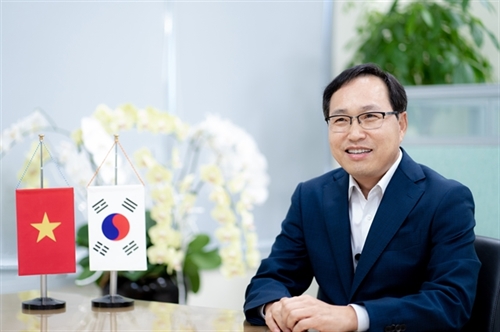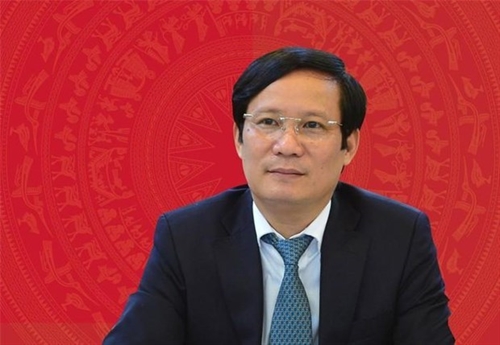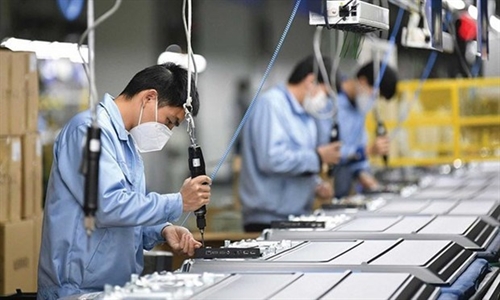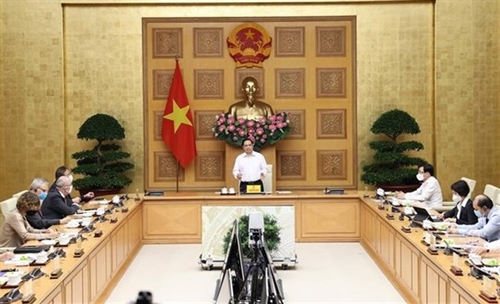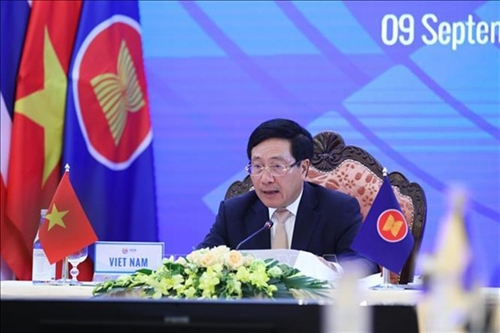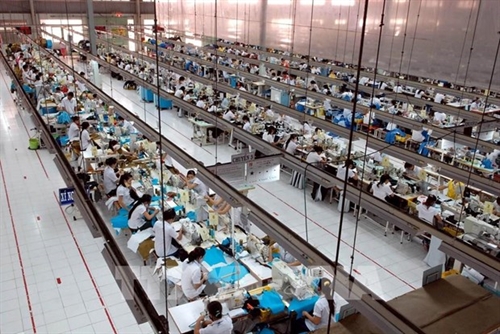The Prime Minister has recently issued Decision 29/2021/QD-TTg, providing the levels, duration, and conditions for the application of special incentives for investment projects specified in Article 20.2 of the 2020 Investment Law.
As the Investment Law aims to raise the quality and efficiency of foreign investment cooperation as well as constitutionalize the Political Bureau’s resolutions to catch up with Industry 4.0, the new regulation is expected to help attract more foreign direct investment flows to Vietnam, especially projects which may exert great impacts on socio-economic development.
Conditions for application of special incentives
Article 20 of the 2020 Investment Law specifies conditions for investment projects to be eligible for special investment incentives.
To further provide guidance, Government Decree 31 issued this year vests the Prime Minister with the power to decide on levels and period of application of special investment incentives based on such criteria as high technology, technology transfer, and Vietnamese enterprises’ participation in value chains, and domestic production value for the investment projects specified in Article 20 of the Investment Law.
In light of this, Decision 29 provides in detail criteria for investment projects to enjoy special incentives.
Regarding the high technology criterion, the Decision says level-one hi-tech projects are those involving hi-tech application research and development, and manufacturing of hi-tech products, and fully satisfy the three conditions below: (i) the revenue from hi-tech products accounts for at least 70 percent of their total annual net revenue; (ii) the total expense for R&D activities to the total net revenue minus the annual input value reaches at least 0.5 percent; and (iii) the ratio of workers directly engaged in R&D to the total number of workers in investment projects is at least 1 percent.
Level-two hi-tech projects must also meet the above three conditions but with higher requirements, namely 80 percent, 1 percent, and 2 percent, for criteria (i), (ii) and (iii), respectively.
As for the criterion on Vietnamese enterprises’ participation in value chains, the Decision also divides such enterprises into two groups. Level-1 enterprises participating in value chains are those not defined in Article 23.1 of the Investment Law that join value chains and satisfy both of the following conditions. Firstly, participating Vietnamese enterprises account for 30-40 percent of the total participants and perform contracts on assembly and supply of components and materials and provision of services for turning out products. Secondly, these enterprises contribute at least 30 percent of product costs.
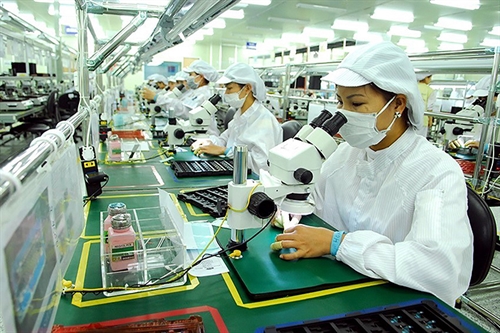 |
| Manufacturing electronic components at RoK-invested Doosung Tech Vietnam Co., Ltd., in Hoa Binh province’s Luong Son Industrial Park__Photo: Danh Lam/VNA |
The above figures for level-2 Vietnamese enterprises participating in value chains are more than 40 percent of the total participants, and at least 40 percent of product costs, respectively.
Regarding the criterion on technology transfer, the Decision defines level-1 technology transfer enterprises as those possessing certificates of transfer of technologies promoted for transfer in accordance with the law on technology transfer and having carried out technology transfer for less than three Vietnamese enterprises within five years from the date of acquiring investment registration certificates or investment policy approval decisions or reaching written agreements with competent authorities.
Meanwhile, for level-2 technology transfer enterprises, the only difference with level-1 technology transfer enterprises is that they have carried out technology transfer for three or more Vietnamese enterprises.
During the period of enjoyment of special investment incentives, economic organizations will be eligible for the incentives corresponding to the conditions they actually meet for the remaining period of incentive enjoyment. Such remaining period is the period of incentive enjoyment based on actual conditions minus the number of years in which the enterprises are entitled to the previously applied incentives.
Incentives on corporate income tax rates
Based on the satisfaction of the law-specified criteria on investment capital, high technology, technological transfer, added value, and value chain participation of Vietnamese enterprises, there will be three levels of incentives applicable to investment projects.
Specifically, the corporate income tax rate of 9 percent for 30 years will be applied to investors implementing investment projects in sectors and fields eligible for special investment incentives with the investment capital of VND 30 trillion or more and the disbursed amount of at least VND 10 trillion within three years from the date their investment registration certificates or investment policy approval decisions are issued.
These projects will be eligible for the tax rate of 5 percent for a period of 37 years if they satisfy one of the following four conditions: (i) being level-2 hi-tech projects, (ii) involving level-2 Vietnamese enterprises in value chains, (iii) having the added value making up over 40 percent of the total costs of final output products provided by economic organizations, or (iv) meet the criterion on level-2 technology transfer.
Meanwhile, the tax rate of 7 percent for a period of 33 years will apply to income from newly established investment projects, including also projects on their expansion, to establish innovation centers and R&D centers with a total investment of VND 3 trillion or more and the disbursed amount of at least VND 1 trillion within three years from the date of issuance of investment registration certificates or investment policy approval decisions.
The tax rate of 5 percent for a period of 37 years will be applicable to income from activities of the Vietnam National Innovation Center established under the Prime Minister’s decision.
Incentives on corporate income tax, land and surface water rentals
Economic organizations that implement investment projects eligible for the 9-percent corporate income tax rate mentioned above will enjoy land and surface water rental exemption for 18 years and 55-percent reduction for the remaining period. They will also be entitled to corporate income tax exemption for five years, and 50-percent reduction of payable tax amounts for the next 10 years for income earned from the projects.
Meanwhile, those implementing investment projects eligible for the 7-percent corporate income tax rate will enjoy land and surface water rental exemption for 20 years and 65-percent reduction for the remaining period. For their income, economic organizations will be entitled to corporate income tax exemption for six years, and 50-percent reduction of payable tax amounts for the next 12 years.
Economic organizations that implement investment projects eligible for the 5-percent corporate income tax rate mentioned above will be eligible for land and surface water rental exemption for 22 years and 75-percent reduction for the remaining period, in addition to being entitled to corporate income tax exemption for six years, and 50-percent reduction of payable tax amounts for the next 13 years for income earned from their activities.
In a talk with Tuoi Tre Online, Nguyen Van Toan, Vice-Chairman of the Vietnam Association of Foreign Invested Enterprises (VAFIE), said that the special investment incentive policy is included in the country’s strategy to attract foreign direct investment (FDI). “It is expected to encourage foreign investors with large capital amounts and high technologies to make long-term commitments with Vietnam,” Toan said, adding that it is also hoped to promote the process of technology transfer and increase the spillover effects of FDI.
This special investment incentive mechanism not only focuses on large-scale FDI enterprises but also encourages domestic large-scale enterprises to strive for mastering technologies, forming supply chains, and straightforwardly competing with foreign rivals, he noted.-
